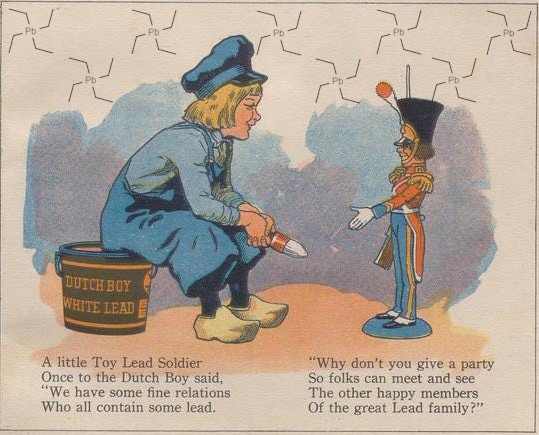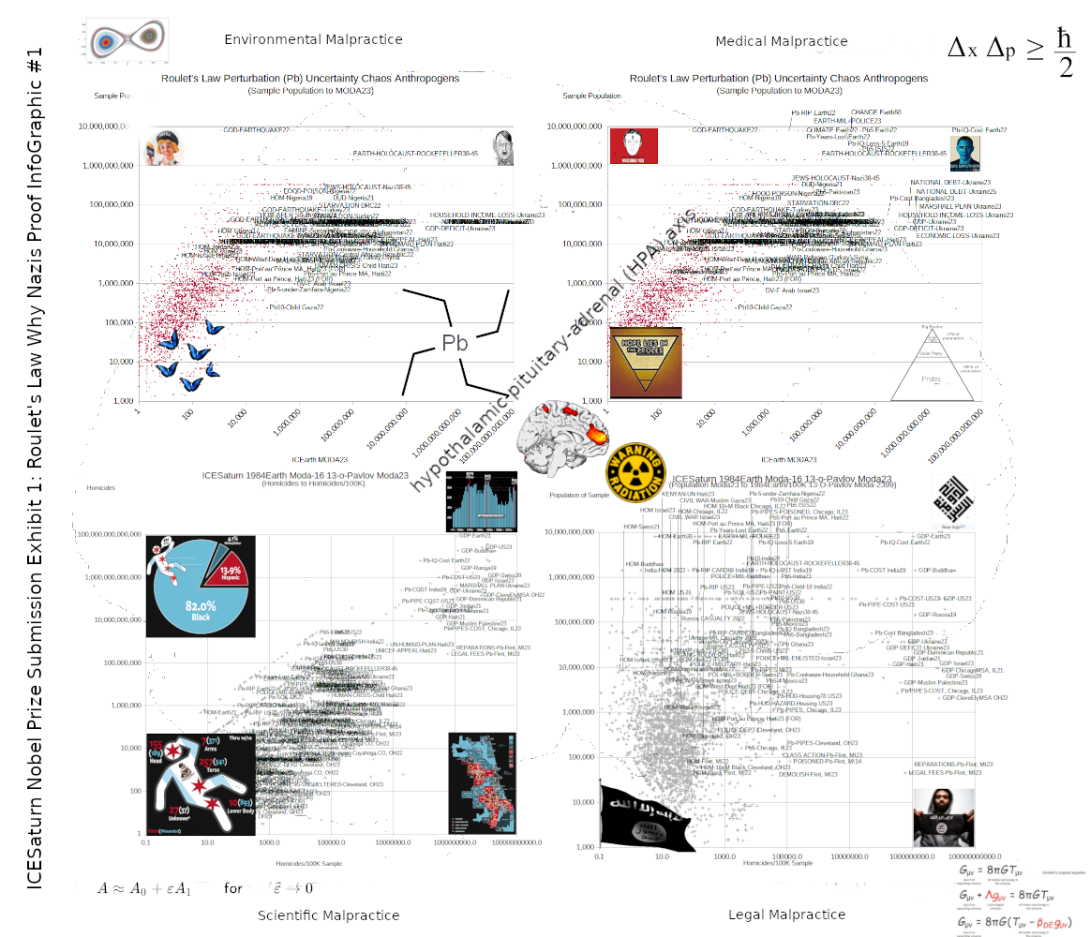
Lead isotopes 204Pb, 206Pb, 207Pb and 208Pb are well known as a “fingerprint” tool for tracing the sources of Pb pollution (Komárek et al., 2008). Generally, European and U.S. leaded gasoline differed in Pb isotopes. While TEL added to European leaded gasoline originated from Australia (Broken Hill deposit) and was characterized by lower radiogenic values (206Pb/207Pb from 1.03 to 1.10), the U.S. leaded gasoline was more radiogenic (Mississippi Valley ore deposit, 206Pb/207Pb from 1.31 to 1.35) (Komárek et al., 2008).
Highlights
- Unleaded gasoline and diesel remain a source of atmospheric Pb.
- Lichens were suitable bioindicators for this purpose.
- Snow and lichen samples exhibited different contamination pathways and sources.
Abstract
After the phasing out of leaded gasoline, Pb emissions to the atmosphere dramatically decreased, and other sources became more significant. The contribution of unleaded gasoline has not been sufficiently recognized; therefore, we evaluated the impact of Pb from unleaded gasoline in a relatively pristine area in Subarctic NE Norway. The influence of different endmembers (Ni slag and concentrate from the Nikel smelter in Russia, PM10 filters, and traffic) on the overall Pb emissions was determined using various environmental samples (snow, lichens, and topsoils) and Pb isotope tracing. We found a strong relationship between Pb in snow and the Ni smelter. However, lichen samples and most of the topsoils were contaminated by Pb originating from the current use of unleaded gasoline originating from Russia. Historical leaded and recent unleaded gasoline are fully distinguishable using Pb isotopes, as unleaded gasoline is characterized by a low radiogenic composition (206Pb/207Pb = 1.098 and 208Pb/206Pb = 2.060) and remains an unneglectable source of Pb in the region.
https://www.sciencedirect.com/science/article/abs/pii/S0045653517317988#


Comments